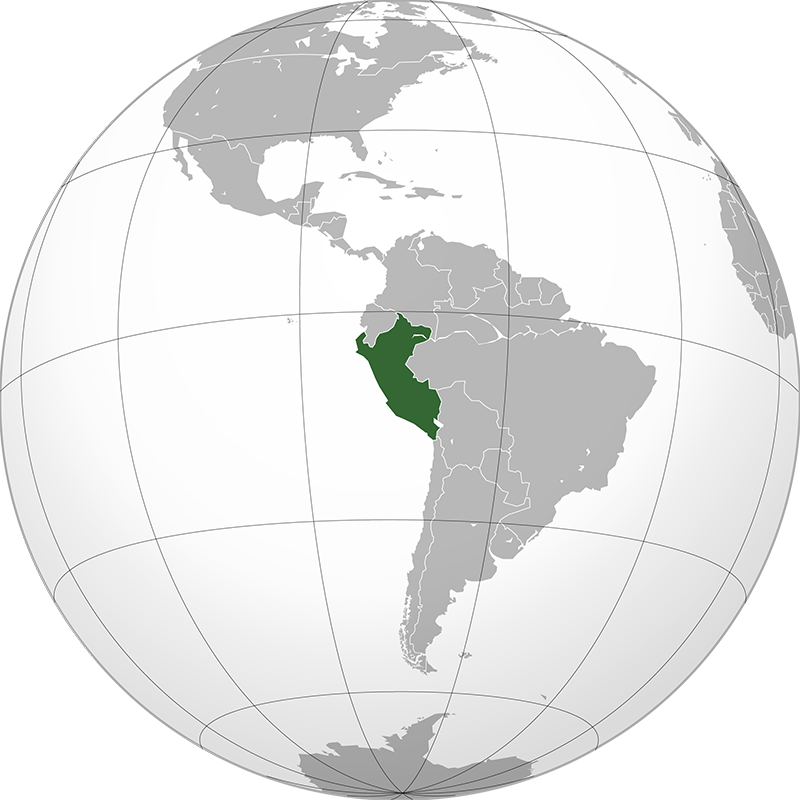
- Population:
- 34,218,000
- Religion:
- Christianity
Peru was the heart of the Inca Empire before Spanish conquest in the 16th century. It gained independence in 1821 and has since experienced political and economic fluctuations. Today, Peru is a growing economy known for its rich cultural heritage, including Machu Picchu, and its mining and agricultural sectors.
Peru, officially the Republic of Peru, is a country in western South America, bordered by Ecuador and Colombia to the north, Brazil to the east, Bolivia to the southeast, Chile to the south, and the Pacific Ocean to the west. Covering an area of approximately 1.28 million square kilometers, it has a population of about 33 million people as of 2023. The capital and largest city is Lima. The official languages are Spanish, Quechua, and Aymara, reflecting the country's rich indigenous heritage. Peru operates as a unitary presidential republic. The economy is diverse, with key sectors including mining, agriculture, fishing, and tourism, with the country being one of the world's largest producers of silver, copper, and gold. Peru is known for its rich cultural history, being home to ancient civilizations such as the Incas, and landmarks like Machu Picchu. The country is a member of international organizations such as the United Nations, the Organization of American States, and the Pacific Alliance.

